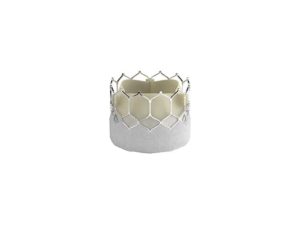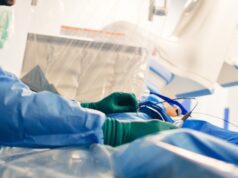
One-year outcomes of mitral valve-in-valve replacement using the Sapien 3 (Edwards Lifesciences) transcatheter heart valve have been published in JAMA: Cardiology, reporting low all-cause mortality at 30 days (5.4%) and one-year (16.7%), and a 96.8% procedural success rate.
In the study, Brian Whisenant (Intermountain Medical Center, Salt Lake City, USA) et al write that transcatheter mitral valve-in-valve replacement using balloon-expandable transcatheter valves has emerged as an alternative for high–surgical risk patients.
The study team analysed patients entered into the Society of Thoracic Surgeons (STS) and American College of Cardiology (ACC) Transcatheter Valve Therapy Registry from June 2015 to July 2019, receiving the Sapien 3 transcatheter valve, assessing one-year motrality and procedural technical success as defined by the Mitral Valve Academic Research Consortium criteria. Secondary end points included 30-day mortality, New York Heart Association–defined heart failure, and mitral valve performance.
A total of 1,529 patients (mean [SD] age, 73.3 [11.84] years; 904 women [59.1%]) underwent transseptal or transapical mitral valve-in-valve implant at 295 hospitals between June 2015 and July 2019. The mean (SD) Society of Thoracic Surgeons predicted risk of mortality was 11.1% (8.7%). Procedural technical success was achieved for 1,480 of 1,529 patients (96.8%), while all-cause mortality was 5.4% at 30 days and 16.7% at 1 year.
The study team noted that transseptal access was associated with lower one-year all-cause mortality than transapical access (15.8% vs 21.7%; p=0.03). Transcatheter mitral valve-in-valve replacement led to early, sustained, and clinically meaningful improvements in heart failure (class III/IV New York Heart Association heart failure of 87.1% at baseline vs 9.7% at one year), they note.
The findings led them to conclude that: “Transseptal mitral valve-in-valve replacement should be considered an option for most patients with failed surgical bioprosthetic valves and favourable anatomy.”













